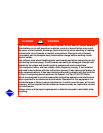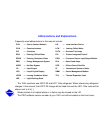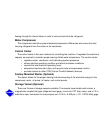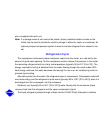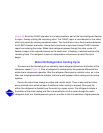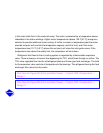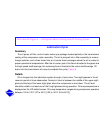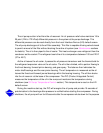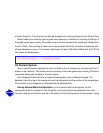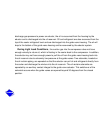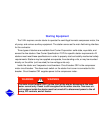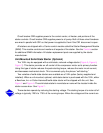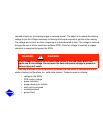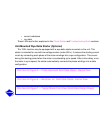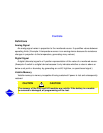
The oil pump suction is fed from the oil reservoir. An oil pressure relief valve maintains 18 to
25 psid (124 to 172 kPad) differential pressure in the system at the pump discharge. This
differential pressure can be read directly from the Local Interface Device (LID) default screen.
The oil pump discharges oil to the oil filter assembly. This filter is capable of being valved closed
to permit removal of the filter without draining the entire oil system (see Maintenance sections
for details). The oil is then piped to the oil cooler. This heat exchanger uses refrigerant from the
condenser as the coolant. The refrigerant cools the oil to a temperature between 100 and 120 F
(37 to 49 C).
As the oil leaves the oil cooler, it passes the oil pressure transducer and the thermal bulb for
the refrigerant expansion valve on the oil cooler. The oil is then divided, with a portion flowing to
the thrust bearing, forward pinion bearing, and gear spray. The balance then lubricates the
motor shaft bearings and the rear pinion bearing. The oil temperature is measured as the oil
leaves the thrust and forward journal bearings within the bearing housing. The oil then drains
into the oil reservoir at the base of the compressor. The PIC (Product Integrated Control)
measures the temperature of the oil in the sump and maintains the temperature during
shutdown (see Oil Sump Temperature Control section). This temperature is read on the LID
default screen.
During the machine start-up, the PIC will energize the oil pump and provide 15 seconds of
prelubrication to the bearings after pressure is verified before starting the compressor. During
shutdown, the oil pump will run for 60 seconds after the compressor shuts down for the purpose



